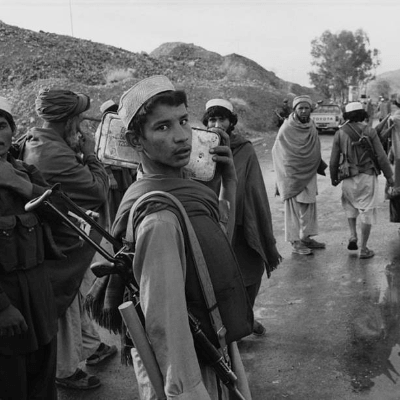

The regime's survival increasingly was dependent upon Soviet assistance as the insurgency spread and the Afghan army began to collapse. In December 1978, Moscow signed a new bilateral treaty of friendship and cooperation with Afghanistan, and the Soviet military assistance program increased significantly. On April 27, 1978, the communist People's Democratic Party of Afghanistan (PDPA), which had close ideological ties to the Soviet Union initiated a bloody coup.


At the time, the Soviets referred to the invasion as “limited” and “temporary” hoping that a more moderate regime in Kabul under Babrak Karmal, coupled with the Soviet military presence, would intimidate the insurgents, bolster the Afghan army, and enable most of the Soviet troops to withdraw within a couple of years. Moscow‘s basic goal was to ensure the continuation of a pro-Soviet Communist regime that could rule the country on its own without a large Soviet military presence. against a background of slowing economic growth and military spending, the Soviet Union invaded Afghanistan to support a ?edgling Marxist government threatened by civil war and imminent collapse.


 0 kommentar(er)
0 kommentar(er)
